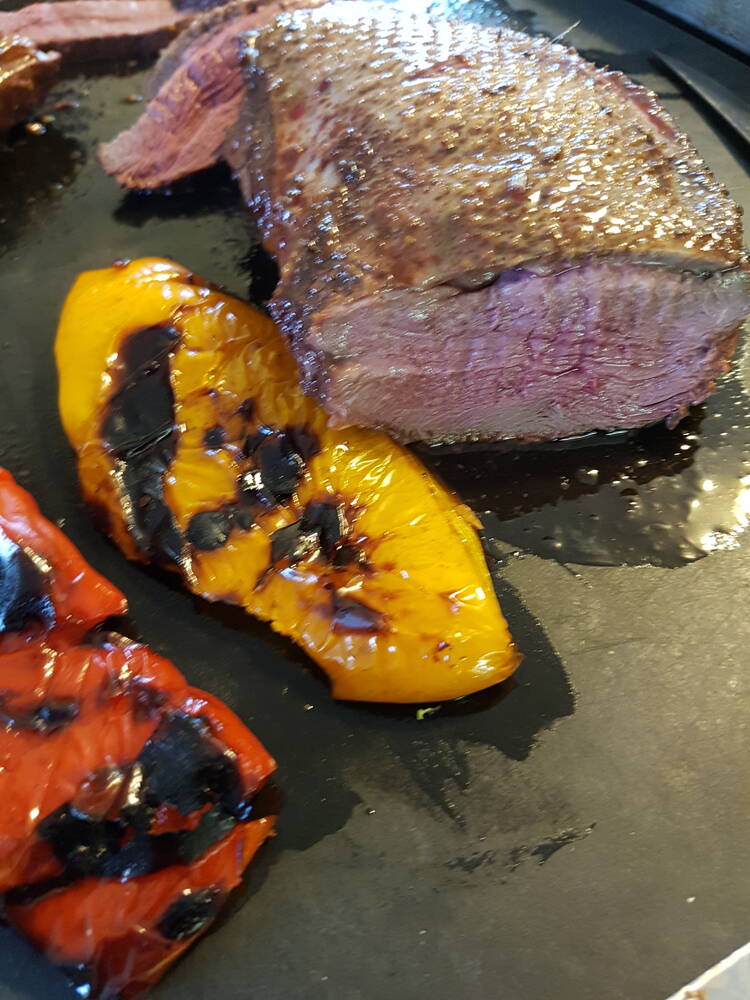Whether green, yellow or purple, raw or cooked, beans are delicious! They are a common garden vegetable in Prairie gardens mostly because of their wonderful taste, but also because they are quite prolific and also relatively easy to grow. The green varieties are called “string” beans; the golden ones “wax.”
Like all vegetables, it is important to harvest the beans before they become too mature. If string beans become too old, they are tough and not nearly as sweet. They take little effort to pick as they easily pull off the plants when given a gentle tug. Many gardeners grow both green string beans and golden wax beans. They are very similar in growth habit and in the beans that are produced, except of course for the colour.
Read Also

Giant Canada geese have gone wild in Manitoba
Giant Canada geese are seemingly everywhere and can be fine table fare for local hunters, but 70 years ago, they were borderline extinct.
Beans cannot be planted too early because they will succumb to a late-spring frost. Therefore, I rarely sow beans until the May long weekend knowing that by the time they germinate and seedlings emerge from the soil the chance of frost is minimal. If a late-spring frost does occur after the beans are up I simply throw an old blanket over the plants to protect them.
Beans are usually sown in a single row with at least a metre of space on either side of the row as the plants tend to sprawl and occupy a lot of space. They can be grown on a fence which is a good option if you have a small garden and space is limited. There is an endless array of varieties, including green, yellow and purple beans. Generally purple beans will turn green when they are cooked, but add interesting colour to a raw vegetable tray.
Like several other vegetables, beans can be enjoyed over a long period of time if the practice of succession planting is followed. I like to time the plantings at least three weeks apart to maximize the bean season. Another option for producing beans is to grow pole beans. There are green, yellow and purple varieties of pole beans as well as several heirloom varieties. One variety is scarlet runner beans, which produce not only green beans for eating but also abundant attractive red flowers. Pole beans
produce a mass of vegetation which is quite heavy so a substantial support system is required.
Beans can be grown on a vertical fence or against a building, or they can be grown on a freestanding structure, perhaps in the form of a teepee. Whatever the support, the beans may need a bit of coaxing at first to train them to climb the support, which can easily be accomplished by using some garden twine. A teepee made of sturdy wooden posts covered with scarlet runner beans makes an attractive focal point in a large mixed border or rural vegetable garden,
but would probably be too large and out of scale for most smaller urban landscapes.
There are many varieties which can be grown and used as dried beans. The pods are left on the plants until they are ripe and then they are shelled. These beans are used as dry beans for soups, stews and baked bean recipes. Whatever type of bean you grow, you will achieve a harvest of succulent vegetables that are both delicious and nutritious. No garden is complete without some bean plants.
– Albert Parsons writes from Minnedosa, Manitoba














